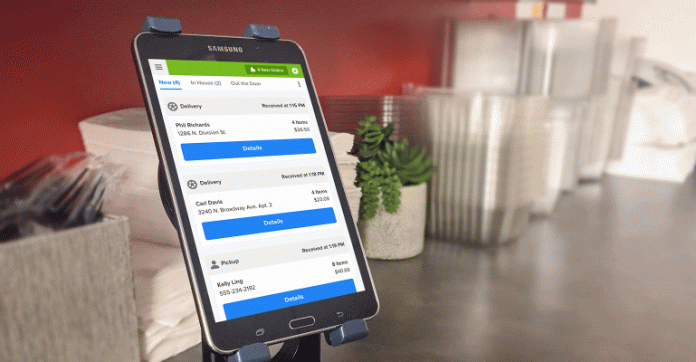The New York City Council hosted an oversight hearing Thursday to understand the impact of food delivery apps on the restaurant industry. It was the first hearing of its kind, according to the participants, but the central question it sought to answer is nothing new to restaurants: Do delivery apps make financial sense for restaurants?
“There’s a concern that it could be a system where restaurant owners are trapped in an unstable, unsuitable business model that not only doesn’t add to their bottom line but could eat away at their profits and their ability to keep their doors open,” said City Councilmember Mark Gjonaj, who chairs the small business committee, at the top of the hearing.
Related: Domino’s announced pinnacle of car technology with the digital food ordering system.
Representatives from Grubhub and Uber Eats spoke at the hearing as well as operators and industry groups that represent small businesses and restaurants.
Number crunching took up a significant portion of the beginning of the meeting. What is the typical profit margin for restaurants? Eventually, the parties agreed on 6% to 10%. And what is the cut that services like Grubhub and sister-brand Seamless take? These fees range from 10% to 30%.
In light of these numbers, Grubhub representatives stressed the benefits of their robust marketing efforts and ability to draw in new diners who use their apps. “These are just incremental orders,” said Kevin Kearns, a Grubhub senior vice president.
Gjonaj relayed a story of a constituent and restaurant owner who was an early adopter to Grubhub. The service became an integral part of the business, but the fees kept going up. Today, the operator said, these online platforms represent “‘a slow death. Without them, it’s an instant death,” Gjonaj said. “‘They came into my place of business like a Trojan horse. They’ve taken over my entire business model.'”
One proposal for making the math work in restaurants’ favor is to have New York City restaurants band together to negotiate fees. Large chains have successfully negotiated to pay lower fees.
“If we had a retail association that negotiated for all their clients, would you be willing to sit down with them again and renegotiate the fees?” asked Gjonaj.
“We would listen to what they had to say,” responded Kearns.
Another proposal was more dramatic.
“Imagine what would happen if every small business restaurant owner in the city shut down for the day at the same time?” said Andreas Koutsoudakis, owner of Tribeca’s Kitchen, a Manhattan restaurant. Such an action would certainly bring to light the industries issues with delivery apps, he noted.
The issues restaurants have with delivery apps aren’t just with the fees they charge.
Earlier this month, Grubhub was the target of a class-action lawsuit filed by a restaurant operator who claimed the delivery service charged restaurants for calls made through the app, even when they didn’t result in orders. Although the hearing wasn’t directly related to this suit, it was certainly on the minds of the participants.
One issue restaurants have with these phone charges is the inability to view charges made 60 days prior to identify if false charges had been made. And the process of review is laborious.




